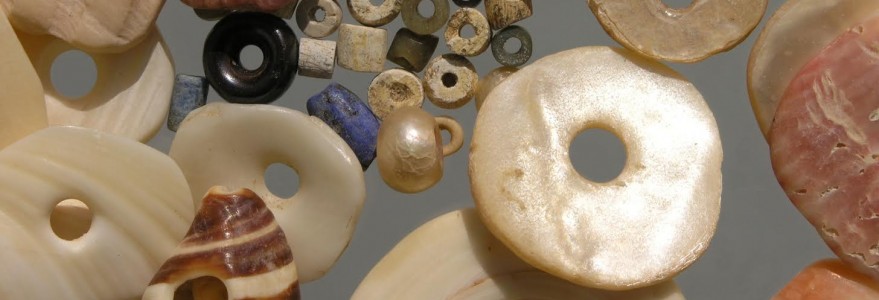The conference “Red Sea VIII: Coveted Treasure” is being held at the University of Warsaw. This is an international event on the peoples of the Red Sea region and their environment.
During the conference participants representing scientific institutions in 17 countries will present over 50 topics discussing the archaeology and history of lands surrounding the Red Sea.
Presentations will be grouped in thematic sessions related to the circulation of natural resources, Indian steel (including a live archaeometallurgic experiment), jewellery from the western Indian Ocean basin and ancient trade in incense and frankincense. The opening lecture by Dr. Eivind Heldas Seland (Bergen University) will be an overview of research on the subject: Thirty years of Red Sea studies: insights, agendas, perspectives .
The Red Sea conferences have been held biannually at scientific institutions in the United Kingdom, Saudi Arabia and Italy, involved in research on the region. This year’s edition has been organized by the Polish Centre of Mediterranean Archaeology, University of Warsaw (PCMA). The PCMA has been involved in research on the Egyptian coast of the Red Sea for over a decade, working with the University of Delaware at the port site of Berenike. In 2014 a PCMA team started work at Aynuna in Saudi Arabia, another harbor site, thus bridging the two sea shores.
Long disregarded and overlooked in research, personal adornments are an important aspect of material culture which can contribute significantly to studies of economic, social and even political issues. The aim of this panel is to provide an overview of ancient jewelry from various periods, beads in particular, circulating in the Red Sea and around the Arabian Peninsula to East Africa and India.
Another panel will take a look at metalworking technologies from prehistoric times to the Islamic period. A workshop organized as part of the session will conduct an experiment aimed at reconstructing the process of melting hypereuctectoid steel, commonly known as Indian steel, in its variant produced in antiquity between 300 BC and AD 600. Participants will observe the preparation of a melting crucible and the actual melting process, as well as see the results — if successful. The discussion and presentations will concern metal as a resource as well as metal objects as a category.
Incense was one of the most important luxury items of trade in antiquity. The incense trade flourished from the 8th century BC to approximately the 2nd century AD and linked the incense-producing areas of Arabia and Africa with markets as far and wide as the Mediterranean, the Levant, Egypt, Mesopotamia, the Indus and China. This trade led to many wide scale cultural, social, political and economic changes.
The conference is being held in the Old Library building (Krakowskie Przedmieście Street 26/28).
More information on the event is available on the PCMA website.



